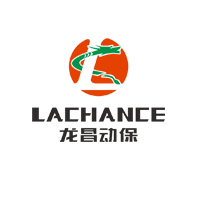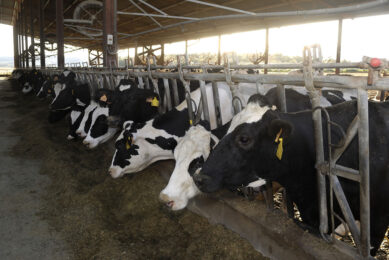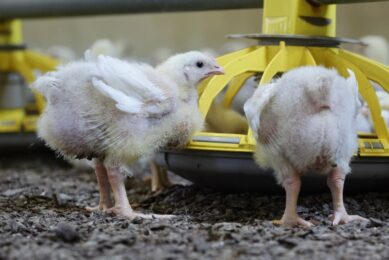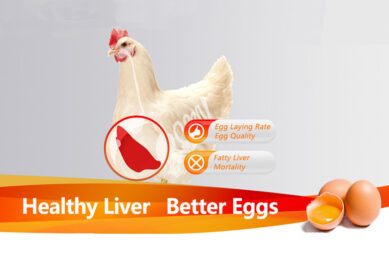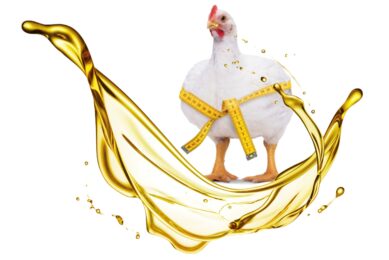Protecting liver health with bile acids
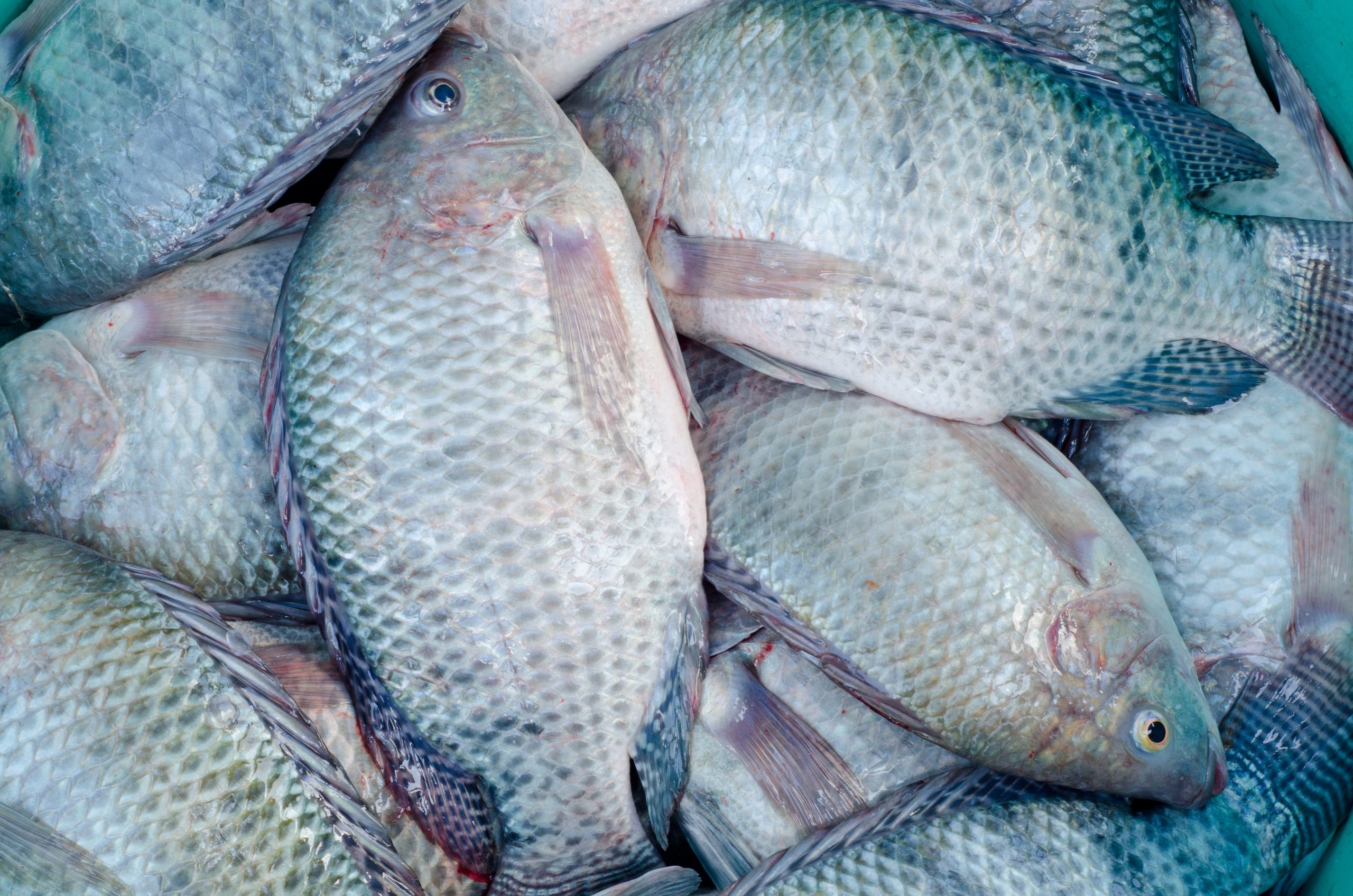
Under modern culture conditions, bile acid deficiency becomes inevitable in artificially formulated feed. The burden on the liver is increasingly serious, and can be overloaded, so adding bile acid can ease and relieve the burden on the liver.
The liver is the metabolic centre of 3 major nutrients: fat, protein and sugar. It is the main detoxification organ in the body. The drug and toxic substances are decomposed to compounds with lower toxicity or even non-toxic substances by means of combination, oxidation, reduction, hydrolysis, etc., which will then be excreted through the urine or bile.
Prevent and treat fatty liver
Liver diseases, such as fatty liver, hepatobiliary syndrome, and biliary tract disorders, are highly prevalent in both poultry and aquaculture farming. For layers, fatty liver causes occasional deaths of more than 0.5‰; what’s more, fish liver and gallbladder syndrome causes bleeding, bad gills, enteritis, bad tail and other symptoms. The rate of output of the pond decreases, and the transport mortality rate increases. Fish body’s hepatobiliary functions reduce, anti-stress ability reduces, and thus the mortality rate can be up to 50%-60%.
In recent years, the disease of white faeces of vannamei has brought many problems to the shrimp aquaculture industry, actually the cause for white faeces is due to the falling of hepatopancreas epithelial cells into the intestine, which is essentially a hepatopancreas disease.
Mycotoxins, endotoxins and heavy metals have been problems for liver for a long time, adding extra bile acids can combine and decompose endotoxin. Deoxycholic acid in bile acids can effectively decompose endotoxin. Deoxycholic acid can also promote liver cells to secrete a large amount of thin bile into biliary tract to eliminate gall bladder stagnation and discharge many harmful substances with the bile. A large number of studies have shown that chenodeoxycholic acid has significant positive effects on the anti-inflammatory, anti-oxidation, and immunity.
The application of bile acids in animal production
Runeon (bile acids) produced by Shandong Longchang (Lachance) adopts a nationally patented special process. The bile acids promote fat digestion and absorption, increase energy utilisation, and reduce costs, in particular, the function of bile acids in animal liver health protection. Benefits have been proven in the following 5 areas:
 Tilapia – Solving hepatobiliary syndrome
Tilapia – Solving hepatobiliary syndromeTilapia has a hepatocyte nuclear delocalisation and there are a lot of fat droplets in the cells. After adding bile acids, the hepatocytes of tilapia are healthy and closely arranged with intact nucleus and obvious membrane.
 Layers – Combatting fatty liver
Layers – Combatting fatty liverFatty liver causes loss of egg production with poor shell quality, which is particularly serious during the late period of egg production. Runeon (bile acid) enhances the clearance function of very low-density lipoproteins, which transports fat from liver to systemic tissues, and reduces hepatic fat deposition. Bile acids can also increase thyroid hormone activity, and thus accelerates basal metabolism, which promotes the ‘burning’ of excess fat and can effectively prevent excessive deposition of liver fat in animals.
In addition, with the long-term accumulation of fat and various toxins in the liver, liver cells are damaged with impaired functions, the synthesis of fat-soluble vitamins A,D,E,K are hindered, calcium deposition is compromised, and consequently the quality of the eggshell is poor, so the root cause of poor egg quality lies in the liver.
 Supporting intestinal development of weaned piglets
Supporting intestinal development of weaned pigletsIn 2017, working together with the Feed Industry Center of the Ministry of Agriculture, Lachance conducted an evaluation of the effectiveness of bile acids in weaned piglets. The experiment showed that adding 100 mg/kg bile acids can increase the activity of lipoprotein lipase and lipase in jejunum and ileum, and increase the height and surface area of intestinal villi to increase the absorption rate of nutrients, as shown in Figure 1. Adding 100 mg/kg bile acids to the diet significantly increased the serum insulin-like factor IGF-1 level in weaned piglets (151 ng/mL in the control group increased to 216 ng/mL with a 43% increase), meanwhile there was a trend of increasing serum insulin levels, which further increases gut glucose absorption.
After bile acid was added, the texture of the liver was tight, and there was no vacuolisation of the hepatocytes; the villi of the jejunum were closely and neatly arranged, and there was no atrophy. And there was no damage to the liver and intestinal tract under high-dosage.
Figure 1 – Bile acid supplementation in weaning pig diets.



Carp – Evenly distributed goblet cells
In 2017, in the evaluation of the effectiveness of bile acids in carp, the columnar epithelial cells (CAC) in the control group were damaged, and the goblet cells (GC) were depleted with or without the expression of lamina propria laminocin (LP mucin) expression sample number increasing by as highly as 80%.
With the addition of bile acids, the intestinal tissue structure became normal and the epithelial cells evenly distributed goblet cells (GC). This shows that the addition of bile acids, while preventing the occurrence of fatty liver in fish, can effectively increase the number of goblet cells, increase the barrier function of the intestine, and play a unique role in protecting the liver and intestine.
 Promoting the growth of shrimp
Promoting the growth of shrimpFor shrimp red liver or white liver caused by bacteria or viruses, black liver caused by heavy metals or drug poisoning, or yellow liver due to nutritional metabolism disorders, bile acids have obvious treatment and relief effects to improve the hepatopancreas At the same time, bile acids can significantly promote the growth of shrimp.
By Li Jinbao, Cao Aizhi, Kate Woo (Export manager), Lachance


